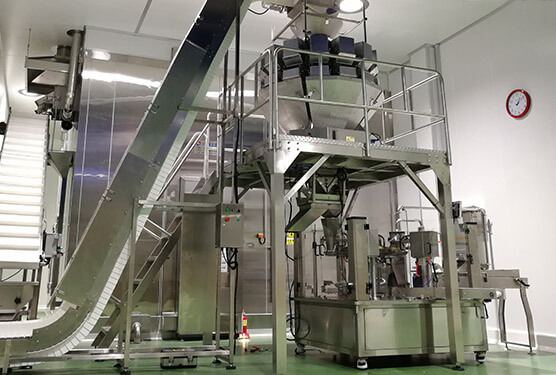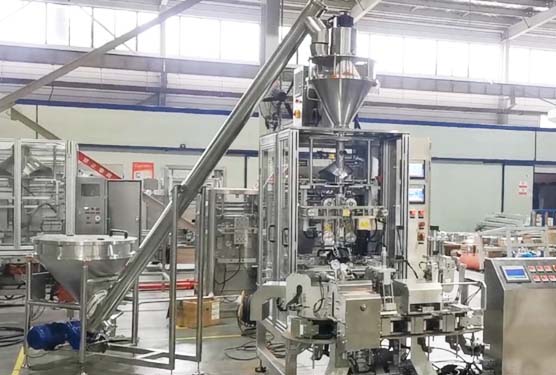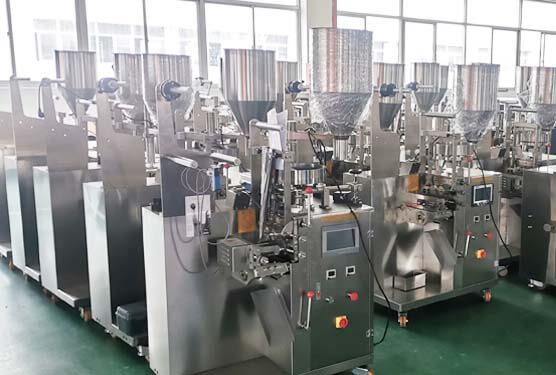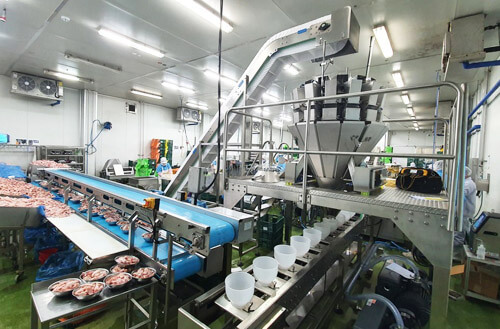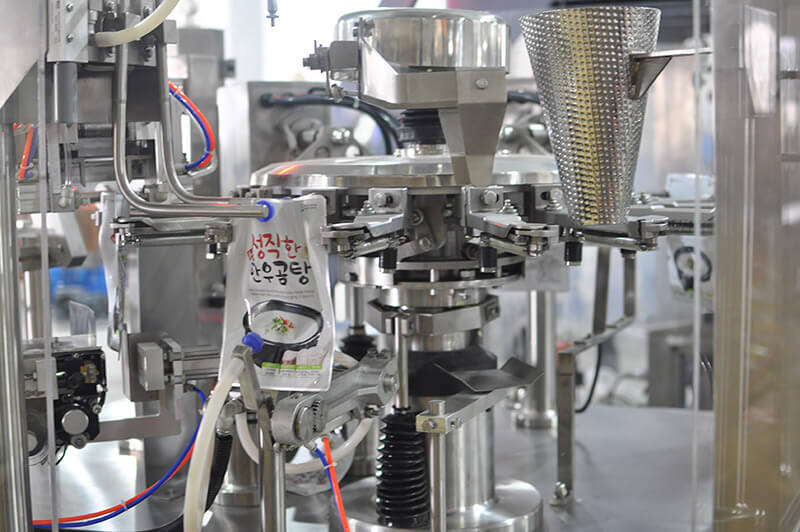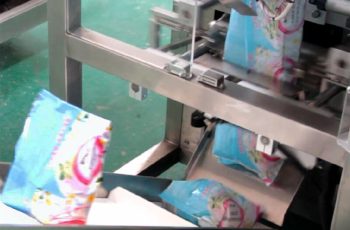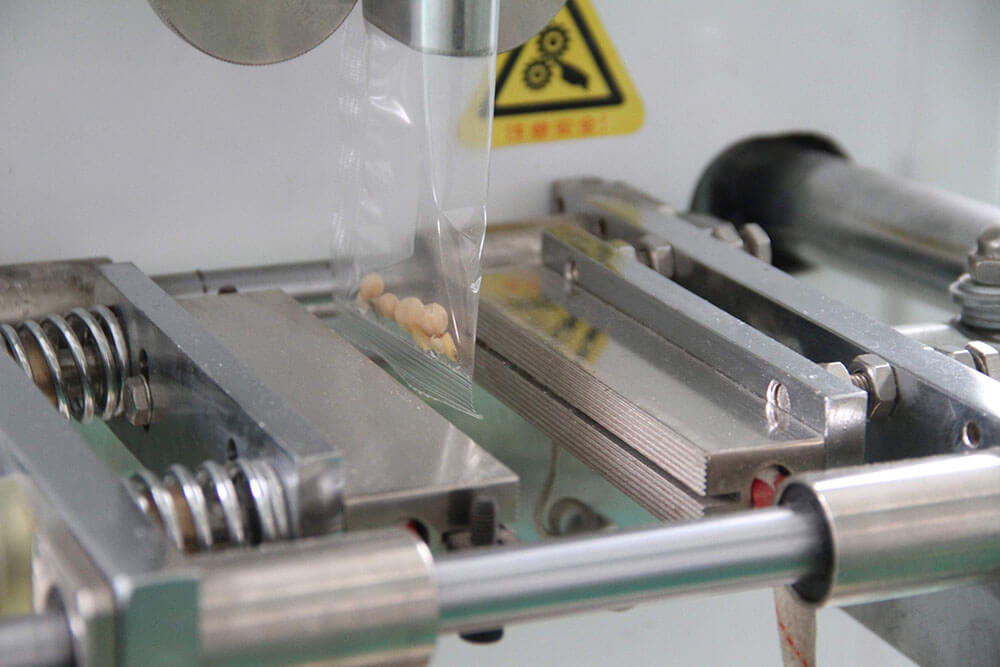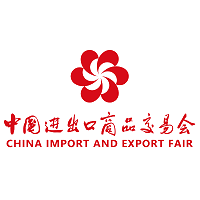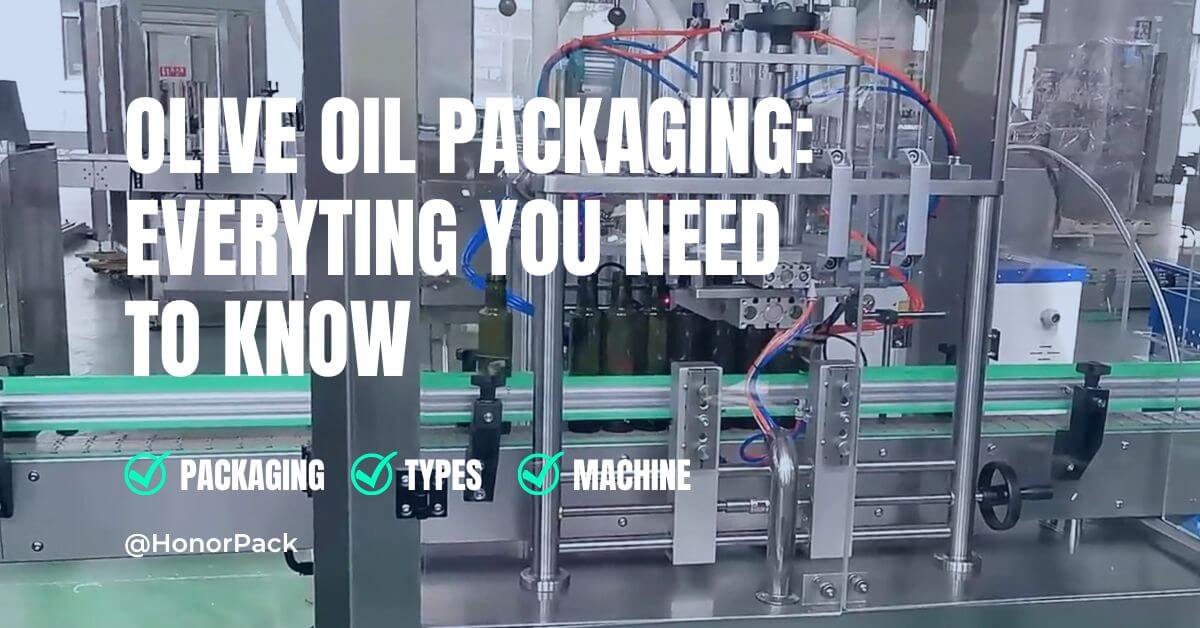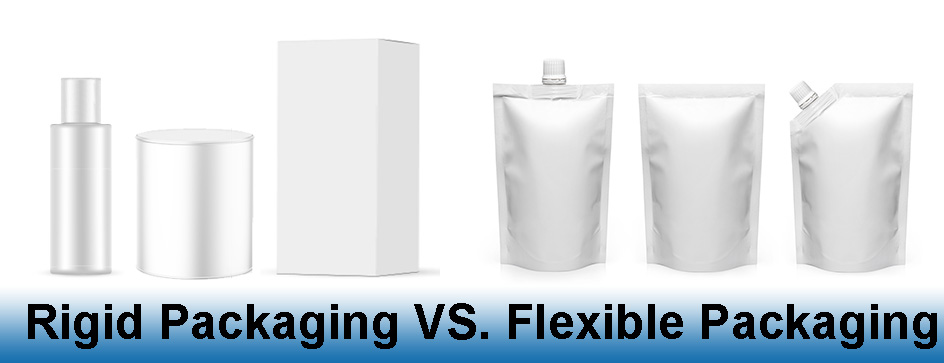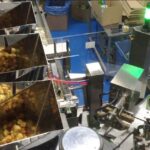What Is a Feeding System, and Why Is It Important for Your Business?
Are you troubled by the low efficiency of material handling on the production line?
This article will introduce to you the feeding system, which will enhance the material handling and packaging processes of your business. You will learn about how these systems work, their types, and how they can improve your packaging efficiency.
What Is a Feeding System?
A feeding system is a mechanical or automated solution designed to measure, transfer, and package materials efficiently. It’s widely used in industries like food, pharmaceuticals, and manufacturing to ensure precise weighing and handling of materials. Whether you’re dealing with powders, liquids, or solid particles, there’s a feeding system tailored to your needs.
Types of Feeding Systems
1. Volume Cup Dosing System
The volume cup dosing system is one of the most common types of feeding systems. It uses a rotating platform with a measuring cup to transfer materials to a packaging machine. This system is ideal for solid particles and is often paired with vertical form fill seal machine or universal measuring cups.
- How It Works: Material falls into the measuring cup, which rotates to the forming position and then drops the material into a bag or container.
- Range of Measuring Cup: 1200 – 800 ML, 800 – 600 ML, 600 – 400 ML, 400 – 250 ml, 250 – 100 ML, 100 – 50 ML, 50 – 30 ML, 30 – 20 ML

- Types of Measuring Cups:
- Open-door type volumtric cups: Suitable for vertical form fill seal machine. It can only achieve different measurements by adjusting the space of the measuring cup up and down to increase or compress it.
- Universal measuring cup: Adjustable to different volumes by removing or adding plastic rings.


2. Multi-Head Combination Scale
If you’re dealing with large or irregularly shaped materials, the multi-head combination scale is your best choice. This system is perfect for materials like nuts, seeds, snacks, and even small hardware components.
- How It Works: Materials are fed by an elevator to the upper part of the scale. Through vibration, the materials fall into the chute. The intermediate chute serves as a transition, while the lower chute is the weighing chute. Once the material in the lower chute reaches the target weight, the chute opens, and the material is discharged.
For example, to weigh 100g of material, three chutes may combine weights such as 30g + 30g + 40g to achieve the total weight before discharging.
Note: For materials that are likely to stick to stainless steel, it is necessary to choose a patterned hopper.
- Capacity:
– Weighing buckets come in sizes like 0.5L, 1.6L, 2.5L, and 5L.
– Weighing range: 1-200g, 10-1000g, 10-2000g, 100-3000g - Number of Heads: Typically 12, 14, 18, or 20 heads, but custom configurations are available.

3. Linear Scale
The linear scale is designed for fine particles and powders, such as sugar, salt, and rice. It’s often used in combination with packaging machines for fully automated operations.

- How It Works: Material is fed into a storage hopper and then vibrated into a weighing bucket. Dynamic weight sensors monitor the material until it reaches the set weight, at which point the bucket opens.
- Capacity:
- Weighing buckets range from 0.5L to 8L, depending on the material.
- Number of linear scale heads: 1, 2, 4, 6, 8 heads (customizable).
- Special Features:
- Can measure multiple materials simultaneously for mixed packaging.
- Uses a stepless vibration feeder for even material distribution.

4. Liquid Filling Machine
The liquid filling machine is the ideal choice for liquid and paste-like materials.
- Types:
- Paste Filling Machine: Suitable for materials with poor fluidity, such as tomato sauce, egg yolk sauce, and detergents.
- Liquid Filling Machine: Suitable for fluids with high flowability, such as water and milk.

- How It Works: A piston-driven mechanism draws and dispenses the material. The filling quantity is controlled by adjusting the cylinder’s stroke.
- Capacity: Available in ranges from 10-100ml to 1000-5000ml.
Standard volume range (unit: ml):
| 10-100 | 30-300 | 50-500 | 100-1000 | 300-2500 | 1000-5000 |
- Configuration: Can be single-head or double-head, depending on the application.

5. Screw Feeder
The screw feeder is ideal for powders and granular materials that are difficult to handle, such as flour, sugar, or pharmaceutical powders. It’s available in three configurations: straight, inclined, and horizontal.


- How It Works: Material is fed into a hopper and measured by the rotation of a screw. The screw’s speed and rotation determine the amount of material dispensed.
- Capacity:
- Straight screw feeder: Mainly paired with vertical form fill seal machine, 30L or 50L hopper, measuring range from 5g to 3000g.
- Inclined screw feeder: Mainly paired with compact vffs machine, 8L hopper, measuring range from 2g to 30g.
- Horizontal screw feeder: Designed for large or high-viscosity materials.



Why Choose a Feeding System?
- Precision: Ensures accurate measurement and reduces waste.
- Efficiency: Automates material handling, saving time and labor.
- Versatility: Suitable for a wide range of materials, from liquids to solids.
- Customization: Can be tailored to meet specific production needs.
Frequently Asked Questions
What materials can a feeding system handle?
Feeding systems are versatile and can handle materials like powders, granules, liquids, and even irregularly shaped objects.
How do I choose the right feeding system for my business?
Consider the type of material, its viscosity, and the required precision. Consult with a professional to find the best fit for your needs.
How many bags can the multi-head scale package per minute?
Specifically, it depends on what kind of material it is, and the analysis should be carried out according to the gram weight.
When the material has good fluidity, small gram weight, the processing speed is faster. Also, adding an aggregate hopper will make the speed faster.
The 10-head scale can handle approximately 40 to 50 bags/min.
The 14-head scale can handle approximately 70 to 80 bags/min.
The 16-head scale can handle approximately 120 bags/min.
How many bags can the multi head linear scale package per minute?
The higher the packaging precision requirement is, the slower the speed will be; the lower the precision requirement is, the faster the speed will be.
1 head linear scale: 5 bags/min
2 heads linear scale: 10 bags/min
4 heads linear scale: 20 – 30 bags/min
What is the weighing range of screw feeders?
Screw feeders have a weighing range from 2g to 3000g, depending on the type and configuration.
What are the capacity options for liquid filling machines?
Liquid filling machines have standard capacities ranging from 10-5000ml, customizable based on specific needs.
What maintenance is required for the material discharge system?
Regularly clean the weighing chute and sensors, check the sealing of cylinders and pistons, and ensure the equipment runs stably over the long term.
Conclusion
Whether you’re dealing with powders, liquids, or solids, there’s a system designed to meet your needs. Choose the right Feeding System to help improve your packaging efficiency and enhance product quality.

